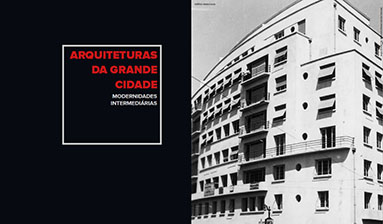Architectures of the great city
intermediate modernities
Abstract
Modern architecture built the cities and shaped the process of urban concentration in Chile between 1930-1960, a process involving not only a metropolis like Santiago but also intermediate cities. Both public and private architecture led the spatial transformation of the city, understood as the engine of economic growth relying on building industry and modern architecture. Modern architecture unified clear ideas on a new kind of city that unfolded along the territory. Recurrent historiographical interpretation of the urban phenomenon and actual transformation of the cities has given greater importance to capital or larger cities, overshadowing the consideration of the phenomenon’s extension to the entire territory. The examples of Osorno (1930s), Chillán (1940s) and Arica (1950-1960s) show the temporal transit of modern ideas and the dialectical relationship between modern architecture and the city.
Keywords: Chilean arquitecture; modernity; urban development.







